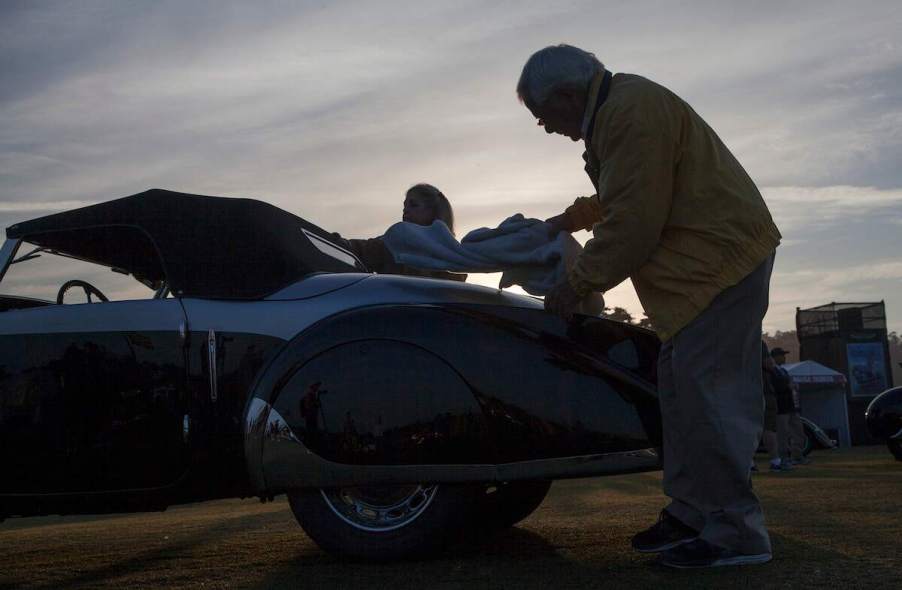
What Was the First Convertible Car, and Who Invented It?
Convertible cars hold a special place in pop culture. They symbolize freedom, carefree summers, long road trips, and midlife crises. Convertibles appear in movies, songs, and most automakers’ lineups. So, what was the first convertible car, and who invented it?
Who invented the first convertible car?
In 1919, Ben P. Ellerbeck conceived the idea of placing a manually operated retractable roof onto a Hudson coupe. However, the design never made it into production.
Twelve years later, Georges Paulin, a French dentist, patented a hydraulically operated system in a low-volume production run of the Peugeot 401D Éclipse Décapotable. It evolved into the 1935 Peugeot 402.
In 1941, Chrysler introduced the idea of a retractable hardtop in its first show car, transforming the Thunderbolt coupe into a convertible.
The vehicle’s designers “managed to make the single-piece top ‘disappear’ behind the cockpit by creating a complex electro-hydraulic mechanism,” AutoEvolution explains. “This resulted in almost no trunk space and an interior that only housed a single bench seat wide enough for three people, but these compromises were well worth it since the retractable roof became the show car’s defining feature.”
Ford developed the first mass-produced convertible coupe
In 1946, Louis Horwitz, Charlies Thomas, and Norm Richardson formed the Playboy Motor Car Corporation and created a small two-seat convertible using outsourced parts.
To grab potential investors’ attention, the designers included a retractable hardtop that used a series of hinges to manually fold the solid metal two-piece top down behind the bench seat of the vehicle. The Playboy convertible was ahead of its time, but the company produced only about 100 examples before declaring bankruptcy in 1951.
Meanwhile, Ford was developing its own convertible car, investing $2 million (equivalent to $257 million today). In 1957, the automaker introduced the Ford Fairlane 500 Skyliner, the first mass-produced convertible coupe.
Convertibles have many names
Today’s convertibles are passenger vehicles with a removable roof that can be automatically retracted or manually detached. The material of convertible soft tops can consist of canvas, cloth, vinyl, PVC, plastic, or metal. Automakers have various names for convertibles, including “cabriolet,” “speedster,” “targa,” “roadster,” and “spider.”
The term “cabriolet” originated in France and described a horse-drawn carriage with a unique folding hood. In the early 1800s, “roadster” was used to describe a horse in proper condition to travel, but by the 20th century, the term became synonymous with an open two-seat vehicle design.
The “speedster” name originated with race cars that placed a seat on an open chassis with only spare tires and a gas tank included on the body. The term “spider” has an intriguing history. It evolved from describing horse-drawn carriages where the small bodies and large wheels with thin spokes resembled spider legs. Yet another theory claims an Italian journalist was trying to report on the new Porsche 550 speeder at an auto show, printing the name as “spider.” Today, most convertibles in Europe use the term “spider or spyder” to define a convertible model.
Lastly, a targa top describes a vehicle with a removable roof and a roll bar behind the front seats to protect passengers from accidental rollovers. The concept first appeared on the 1965 Porsche 911 Targa and remains a trademark of the German luxury brand.


